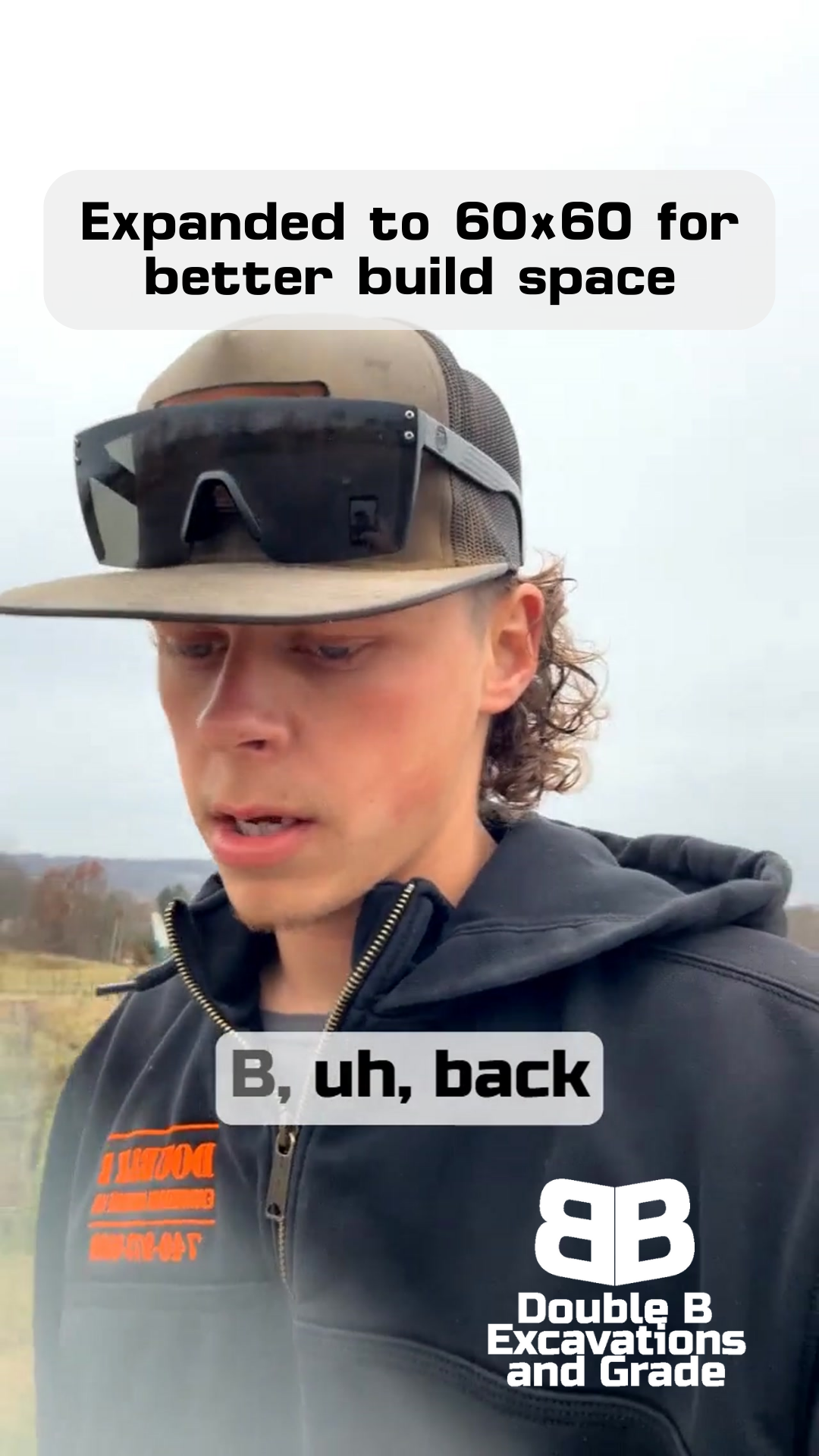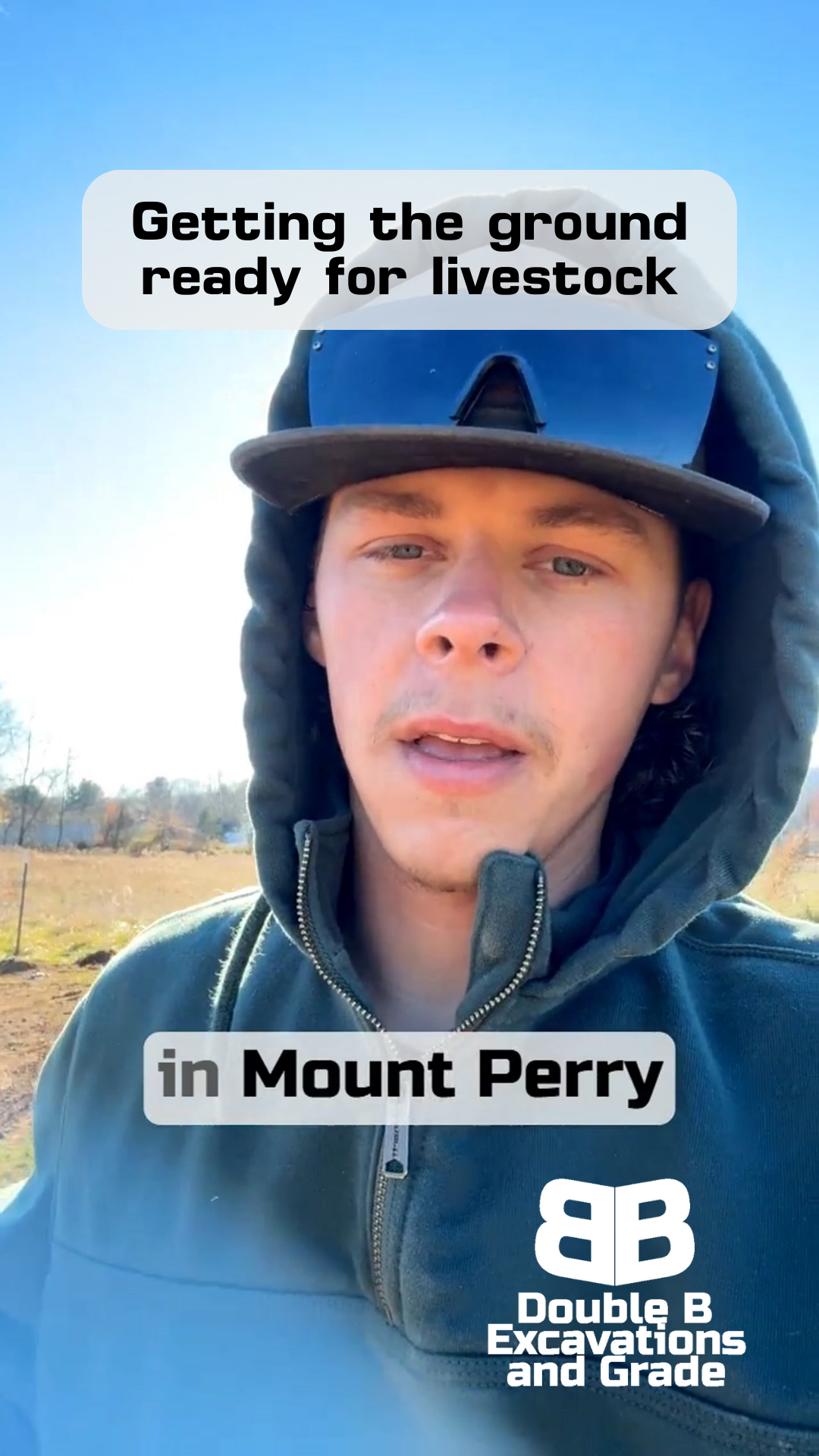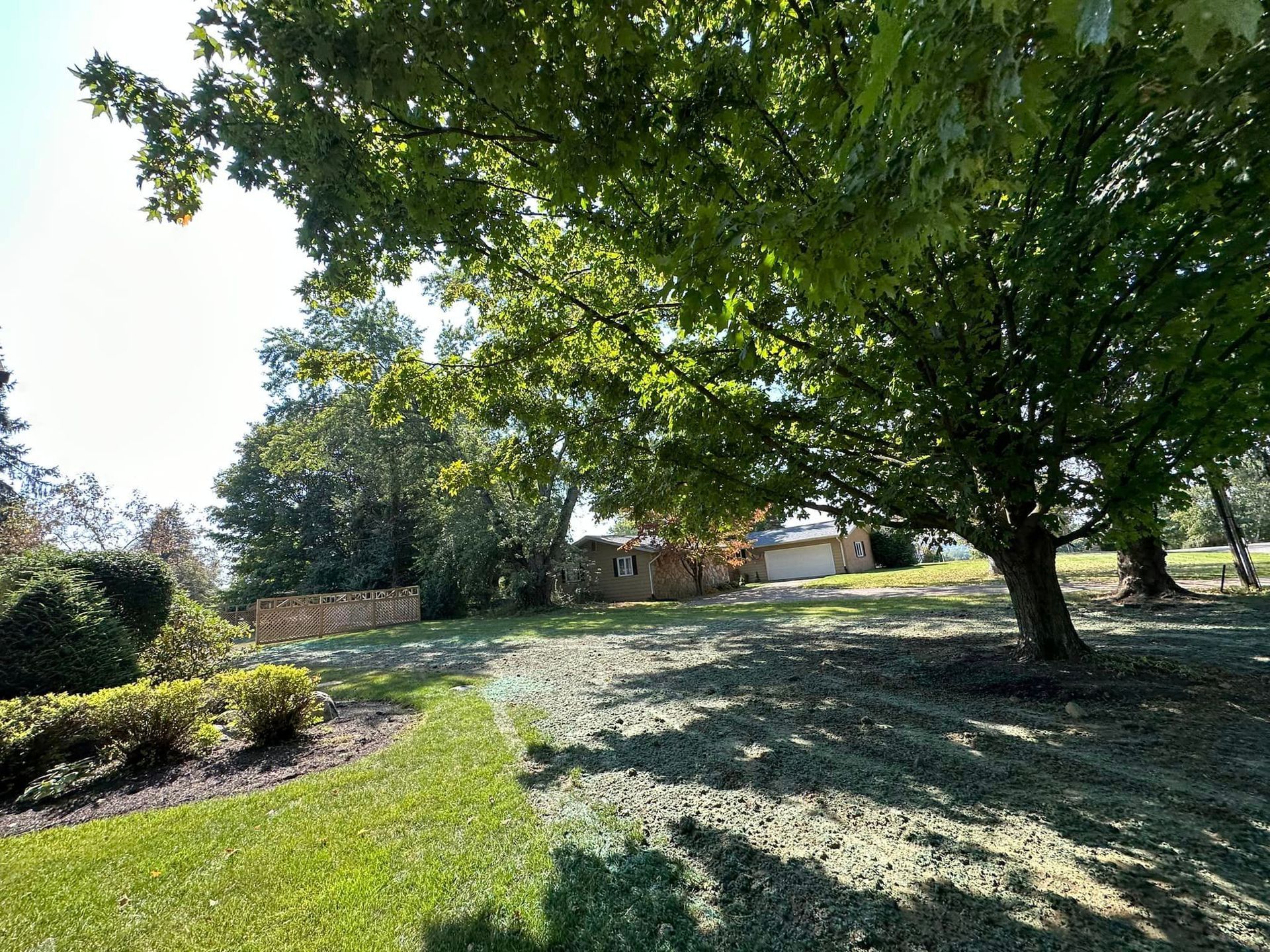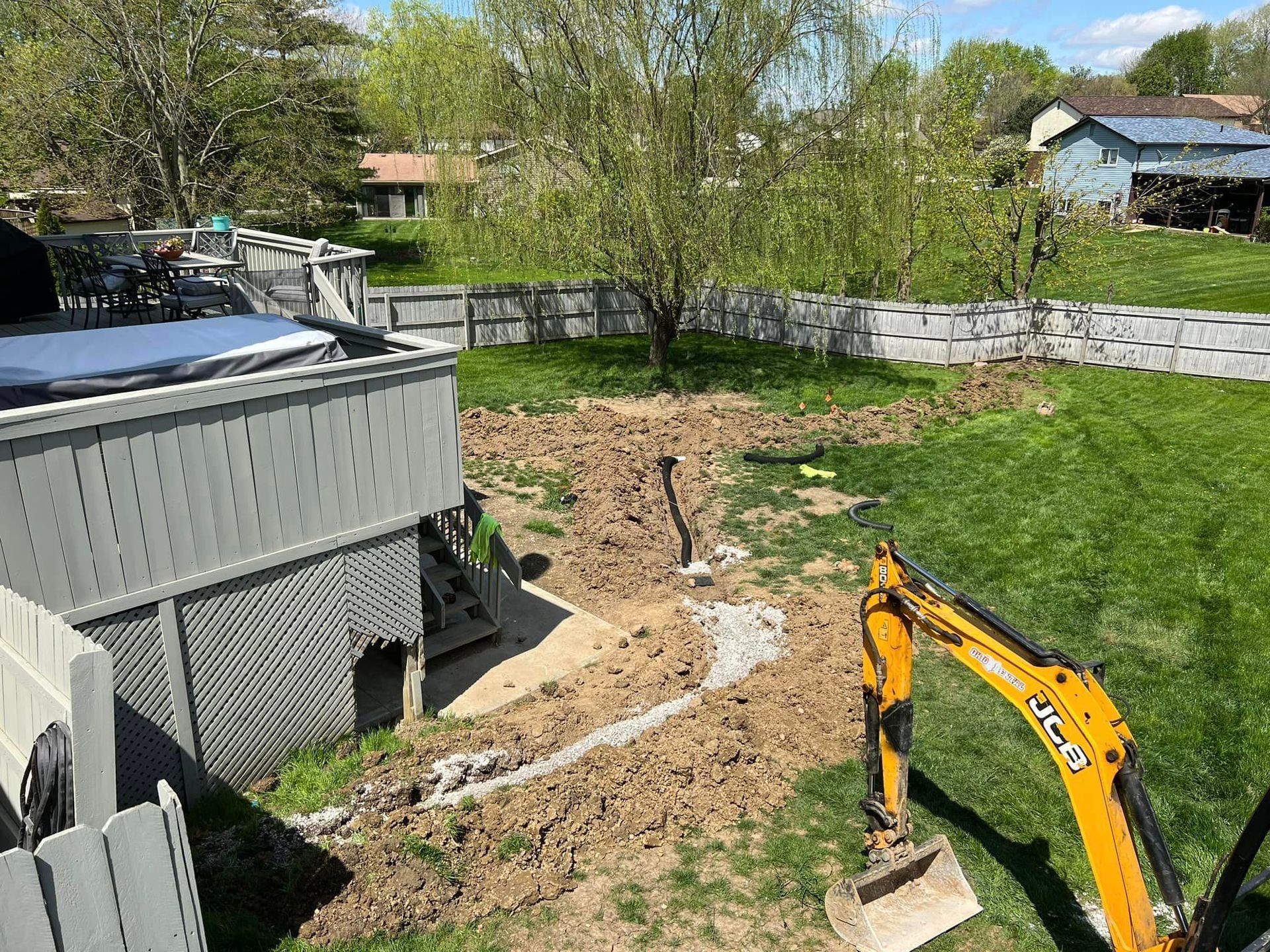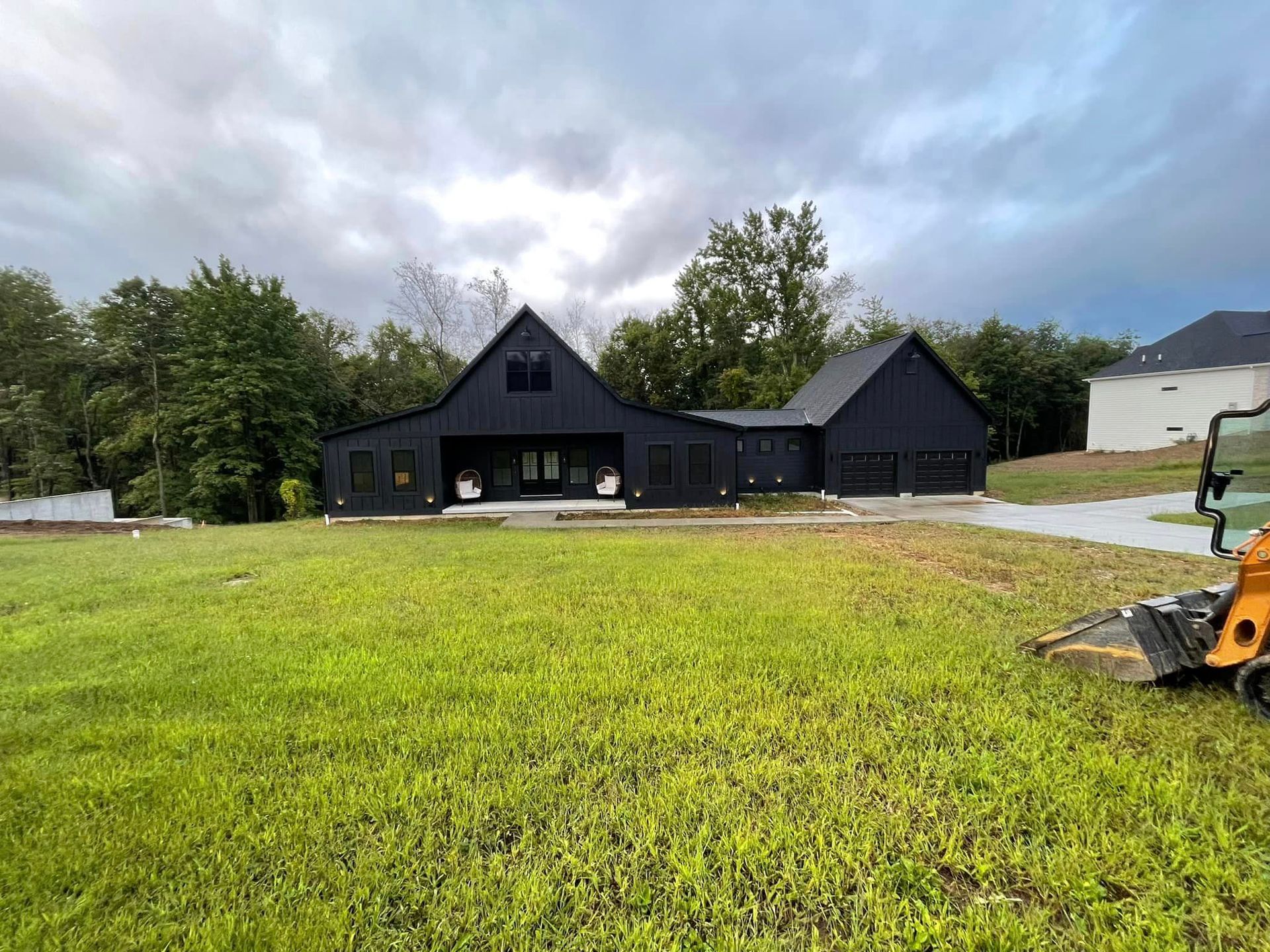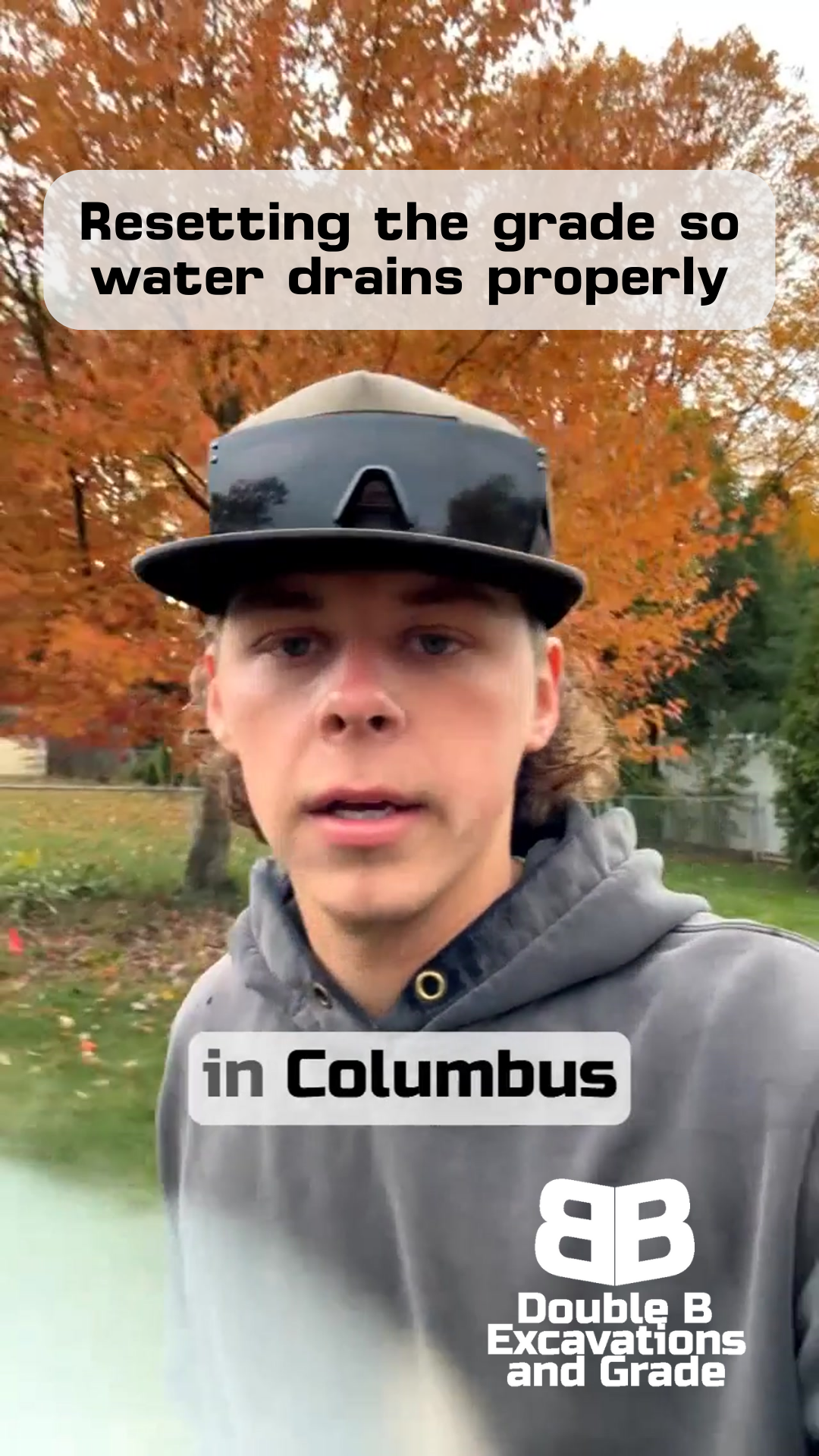Mismarked Utilities in Old Town Newark: How We Handle Unexpected Discoveries
Double B Excavations & Grade LLC
When the Map Doesn't Match Reality
DEALING WITH SURPRISES IN OLD TOWN NEWARK'S UNDERGROUND
Every excavator knows that what's marked on the surface doesn't always match what's underneath.
That's exactly what we ran into during a recent sewer line project in Old Town Newark.
When you're working in historic areas like this, you've got to be ready for surprises - and today definitely brought some.
Most folks think utility marking is straightforward: call 811, wait for the marks, start digging.
But in older neighborhoods, things get interesting fast.
Between decades of infrastructure updates and sometimes incomplete records, what's marked in orange might actually be yellow, and what's supposed to be here might actually be there.
That's why experience matters so much in this work.
Welcome to Double B!
Project Setup
Our day started simple enough - we were set to run a new sewer line in Old Town Newark. If you know this area, you know it's got character - and by character, I mean layers upon layers of utilities that have been installed over the years. Before any digging started, we had our usual marks: orange for communication lines, yellow for gas, and all the other colors that tell us what's supposed to be where.
The scope seemed straightforward: dig a path for the new sewer line and tie it back in to the existing system. But Old Town Newark had other plans for us. Right away, we uncovered something that didn't match our marks. When you're dealing with gas lines and fiber optics, "close enough" isn't good enough - every inch matters, and every surprise needs proper attention.
Understanding Utility Markings
Let me break down what these different colored marks actually mean - because today's discovery shows why it matters so much. When you see orange marks on the ground, that's supposed to mean communication lines, like fiber optic cables. Yellow marks? That's for gas lines. Pretty important difference, right?
Here's something most people don't know: utility companies have what we call the "18-inch rule." This means they can mark their lines within 18 inches on either side of where the utility actually sits underground. That might sound like a lot of wiggle room, but it's there for a reason. Underground utilities aren't always installed in perfectly straight lines, and over decades, records might not show every bend and turn.
Our Discovery Process
Today in Newark, we found ourselves questioning some marks. First, we uncovered a gas line in an area marked for AT&T fiber. That's the kind of surprise that makes you stop everything. When you're expecting to find a communication line and instead find gas, you know something's not adding up.
Then we found another situation - a fiber line that was marked, but it was about 32 inches away from where it should have been. Remember that 18-inch rule I mentioned? Well, 32 inches is way outside that acceptable range. This is exactly why we dig carefully and never take marks for granted. In Old Town Newark, every dig is like solving a puzzle, and sometimes the pieces don't match the picture on the box.
When we find something like this, we don't just shrug and keep going. We stop, document everything, and start making calls. Because at the end of the day, it's not just about getting the job done - it's about getting it done safely.
Safe Response Steps
Here's what happens when we find something that doesn't match up with the utility marks. First, we stop digging - immediately. It doesn't matter if we're on a tight schedule or if the weather's perfect for working. Safety comes first, every time.
Today in Newark, as soon as we spotted that mismarked gas line, we knew we needed to verify everything. That means taking measurements, snapping photos, and getting on the phone with the utility companies. Sure, it slows things down, but compare that delay to what could happen if we just kept digging and hoped for the best.
Lessons for Property Owners
If you're planning any kind of digging project in an older area like Old Town Newark, here's what you need to know: expect the unexpected. Those utility marks on your property? They're a good starting point, but they're not the whole story.
When you hire an excavation company, you're not just paying for someone to dig holes. You're paying for the experience to know what to do when things aren't where they're supposed to be. That knowledge can save you from some serious headaches - not to mention dangerous situations.
Closing
Today's project in Newark is a perfect example of why we take our time and do things right. Yes, we found some utilities that weren't marked correctly. Yes, it slowed us down a bit. But by following our safety protocols and working with the utility companies, we'll get this sewer line installed properly and safely.
Looking Forward
If you're planning any excavation work in Newark or the surrounding areas, remember this: the oldest neighborhoods often hide the biggest surprises. Having an experienced team that knows how to handle these situations isn't just about efficiency - it's about safety and peace of mind.
Need help with a project in an older neighborhood? We deal with these situations all the time, and we're always happy to share what we've learned. Because in this business, surprises underground shouldn't mean problems above ground.
